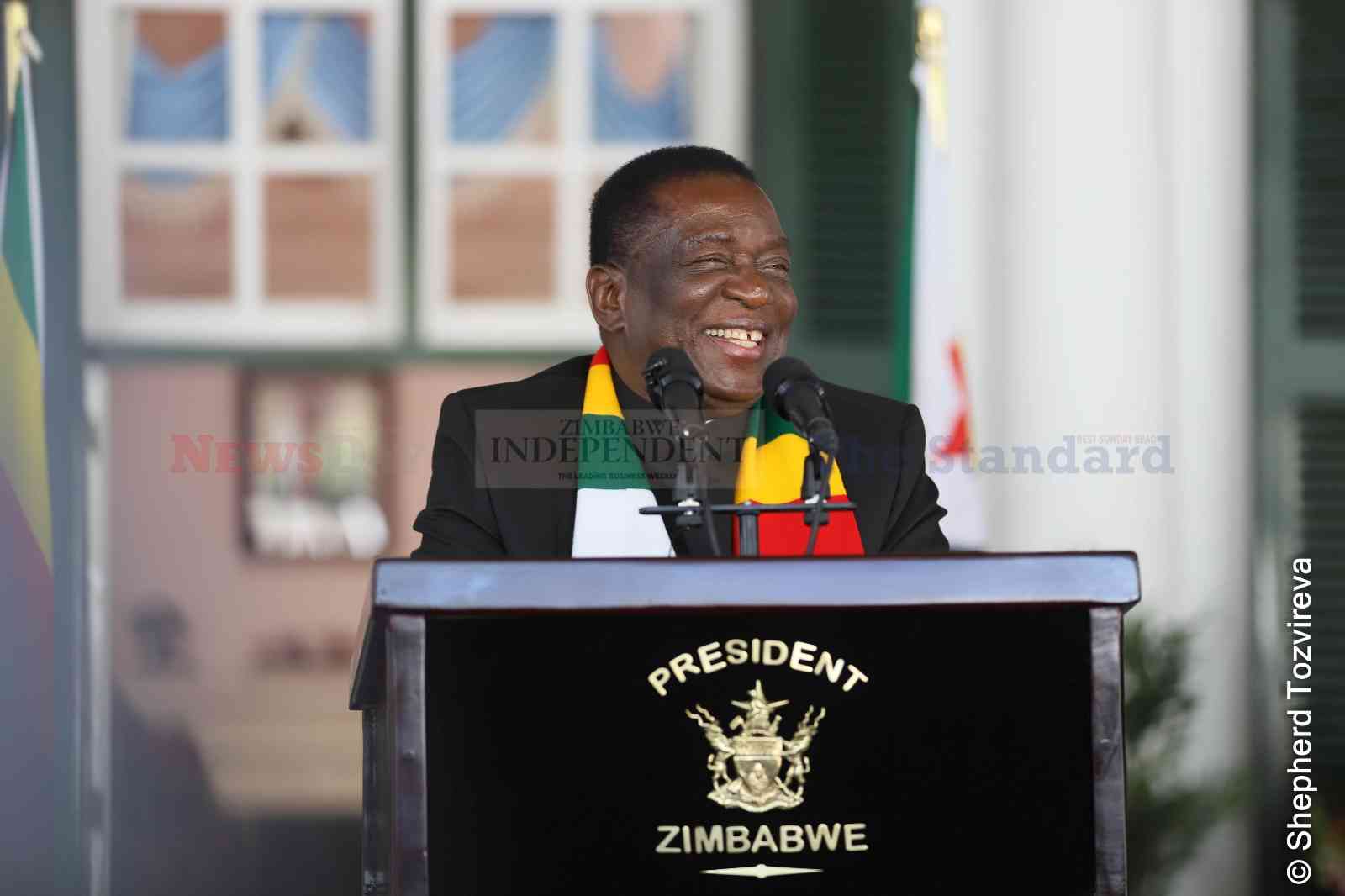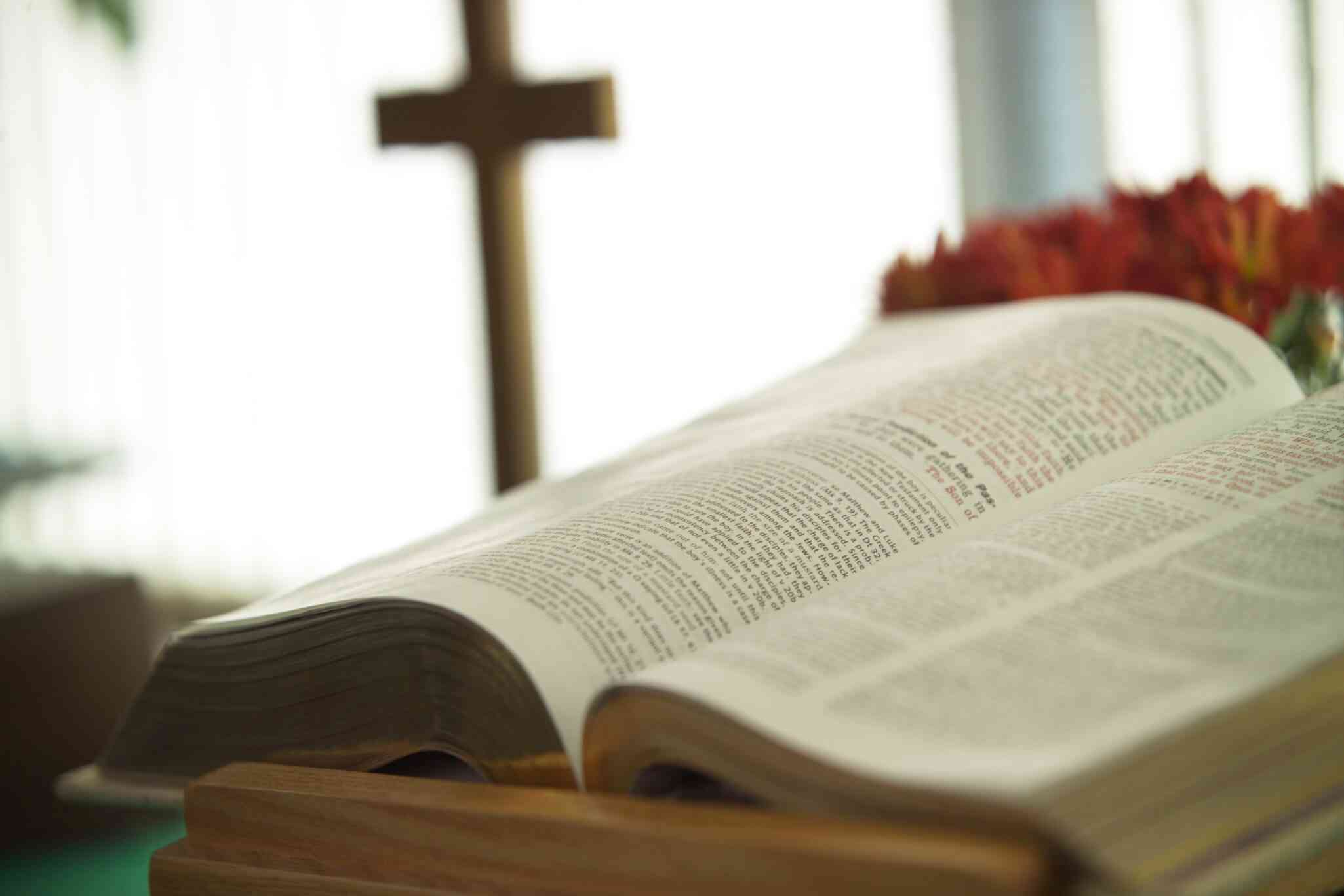
BY TAPFUMANEI MUCHABAIWA TOBACCO has immensely contributed to Zimbabwe’s gross domestic product (GDP) and the possible lucrative returns it offers has attracted thousands into growing the crop, also known as the golden leaf.
However, the downside to this stampede has been that the country’s indigenous forests are under serious threat of being completely destroyed by the tobacco farmers who are cutting down trees to cure the leaf.
Ideally, the farmers should be growing woodlots of the fast-growing exotic eucalyptus tree for curing their crop, but very few of the farmers have bothered to do so.
They have simply turned on available indigenous trees, and they seem completely oblivious of the consequences their actions.
It has been more than 20 years now since thousands of indigenous black farmers literally invaded former white-owned commercial farms to grow the golden leaf following the country’s controversial 2000 land reform programme.
By now one would have thought that the farmers would be sitting pretty and able to grow their own woodlots, but evidence is hardly suggesting that tobacco farming has been a worthwhile venture for the farmers.
Research shows that most tobacco growers are contract farmers, which means that most growers are debt ridden.
The farmers are given inputs which they pay for when they sell their crops and prices at auctions floors have determined their take home and poor prices over the years have meant that most of these farmers have been rendered poorer.
- Chamisa under fire over US$120K donation
- Mavhunga puts DeMbare into Chibuku quarterfinals
- Pension funds bet on Cabora Bassa oilfields
- Councils defy govt fire tender directive
Keep Reading
The more the tobacco farmers remain poor the more they fail to modernise their curing processes. Former white commercial farmers would not only rely on own woodlots, but they would buy coal as a major source of curing fuel for their tobacco.
And from the look of things the indigenous tobacco farmers are still far from achieving this.
The Forestry Commission, the authority in charge of the forests, said the country’s forests were under serious threat due to the cutting down of trees for the curing process by most farmers.
Forestry Commission spokesperson Violet Makoto said: “Very few farmers are cognisant of the fact that they have to actually put down wood fuel as one of their inputs as they plan to be tobacco farmers.
Of the total rate of deforestation which currently stands at 262 000 hectares per annum, 15 to 20% of that rate of deforestation is attributable to tobacco growing, particularly tobacco curing in Zimbabwe.
“Farmers are aware of the illegality of cutting down trees for whatever purpose, but because this is what they claim to be their source of livelihood, it has become a huge challenge for us to control the activities.
“It is part of our mandate to put regulatory efforts towards curbing issues of deforestation, but it has been quite a battle trying to address the challenge of deforestation as it pertains to tobacco growing in the country.
“We have tried to educate people on other options to tobacco curing like the use of charcoal, but the uptake on that has been difficult because it also entails that the farmers will have to budget for as part of their inputs the buying of coal in comparison to where they will be seeing a free resource in the form of trees.”
Curiously, in 2015 government decided to levy all tobacco farmers each time they sold their tobacco at a rate of 1,5% in the first year and 0,75% in subsequent years towards the country’s afforestation programme. And in 2018 government said the Forestry Commission was to be given 50% of the total money collaected.
And in 2019 it was reported that at least $22 million in afforestation levies had been collected from tobacco farmers since 2015.
Tobacco Industries and Marketing Board (TIMB) spokesperson Chelesani Moyo said: “Awareness campaigns are being done across all regions to curb deforestation.
Currently, TIMB is undertaking a project with the Sustainable Afforestation Association (SAA) to establish woodlots for all tobacco growers. To date 150ha of eucalyptus have been planted in Manicaland and 79ha in Mashonaland East with the aim of planting 120ha. TIMB is also working towards planting 150ha in Mashonaland West.”
Tobacco Research Board (TRB) executive director for extension and research Susan Dimbi said research had proven that although there were better and environmentally-friendly methods in curing tobacco, they were too expensive and beyond the small-scale farmers reach.
“Efforts to ensure Zimbabwe’s tobacco is produced sustainably have to remain in place for the country’s current markets to be retained. With reference to fuelwood production, growers, therefore, need to acknowledge that it is no longer business as usual.
“It is imperative that they individually put more effort towards ensuring that they establish on-farm woodlots and then manage these as effectively as they do other crops they produce,”Dimbi said.
“TRB is especially appealing to young innovative minds out there to engage it so that jointly, solutions which work can be developed.
“The adoption of some of the new interventions being proposed could be easier if some of these can be seen as business opportunities. For this to be possible growers may need to embrace the use of communal-based facilities and not always desire to be self-sufficient at an unwarranted cost,” she added.
Zimbabwe is part to the Protocol on Forestry to the Southern African Development Community and part 7 of article 4 of the protocol states that State parties shall not use lack of scientific certainty as a reason for postponing measures to prevent or minimise potentially serious or irreversible harm to forests.
- Follow Tapfuma on Twitter @tapfumanei03











